
ORCID: https://orcid.org/0000-0002-9404-5300

Come for the first large-scale analysis of plasmid copy number across species,
stay for one of the most intriguing results of my lab: universal scaling laws in plasmid biology! 📈🧬
👉 www.nature.com/articles/s41...
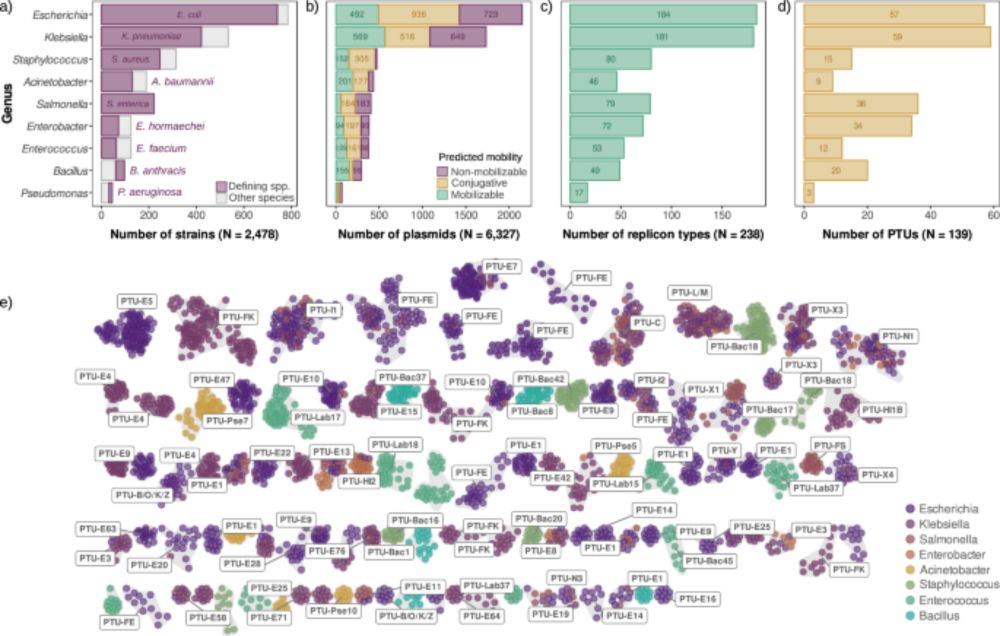
Come for the first large-scale analysis of plasmid copy number across species,
stay for one of the most intriguing results of my lab: universal scaling laws in plasmid biology! 📈🧬
👉 www.nature.com/articles/s41...
"De-novo promoters emerge more readily from random DNA than from genomic DNA"
This project is the accumulation of 4 years of work, and lays the foundation for my future group. In short, we… (1/4)

"De-novo promoters emerge more readily from random DNA than from genomic DNA"
This project is the accumulation of 4 years of work, and lays the foundation for my future group. In short, we… (1/4)

Synthetic evolution overdrive 🦠🔧🚅
A highly mutagenic DNA replication system speeds up evolution in Escherichia coli, without harming the host, opening a new way to accelerate protein engineering.
#SynBio #MicroSky
www.science.org/doi/10.1126/...

Synthetic evolution overdrive 🦠🔧🚅
A highly mutagenic DNA replication system speeds up evolution in Escherichia coli, without harming the host, opening a new way to accelerate protein engineering.
#SynBio #MicroSky
www.science.org/doi/10.1126/...
research.pasteur.fr/en/job/a-two...
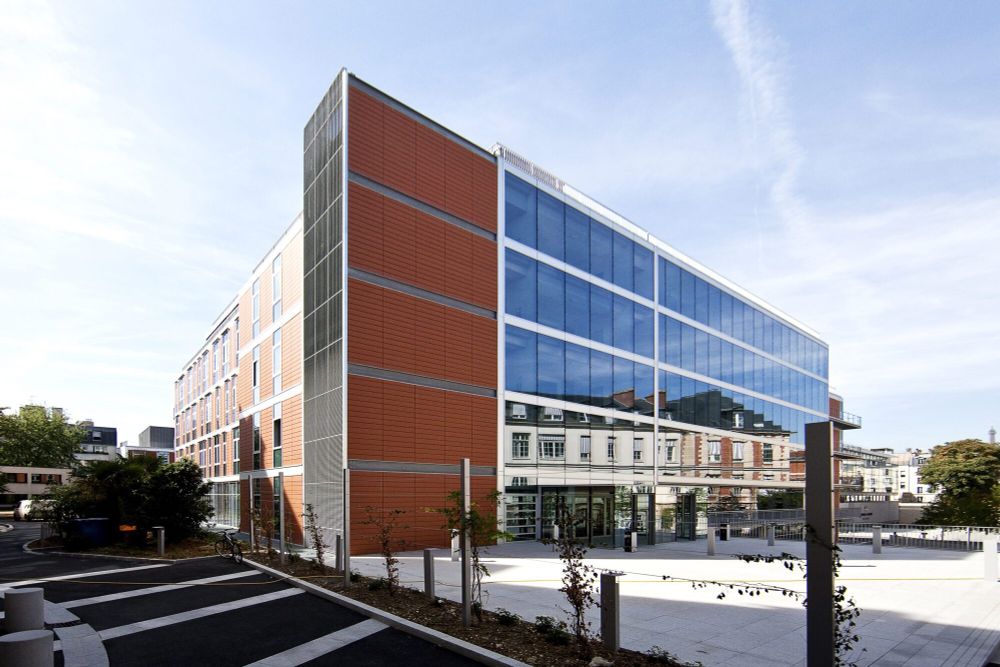
research.pasteur.fr/en/job/a-two...
Genome Plasticity Unit of the Institut Pasteur (Paris) led by @amazeld.bsky.social in collaboration with Pierre-Alexandre Kaminski, funded by the French National Research Agency 👇

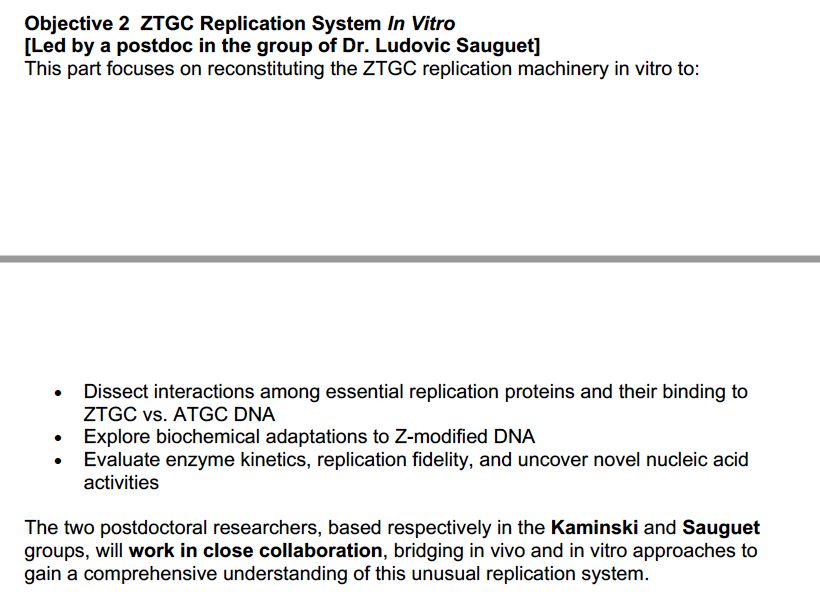
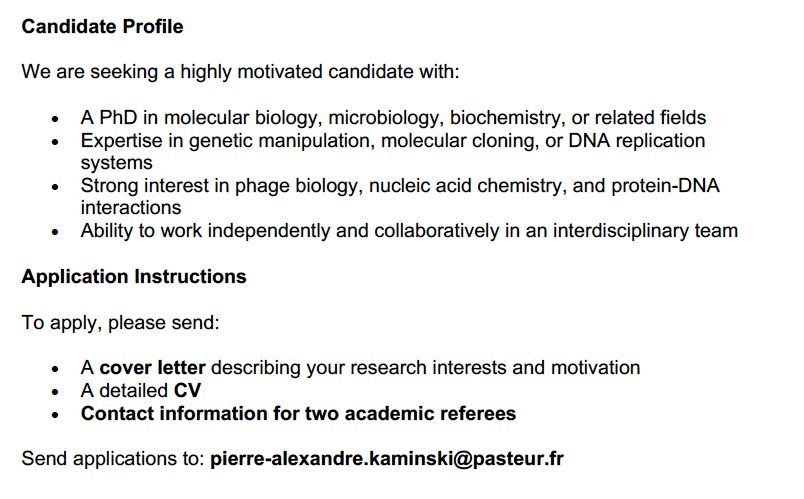
Genome Plasticity Unit of the Institut Pasteur (Paris) led by @amazeld.bsky.social in collaboration with Pierre-Alexandre Kaminski, funded by the French National Research Agency 👇
chemrxiv.org/engage/chemr...

chemrxiv.org/engage/chemr...
Worth reading in full. It is NUTS.
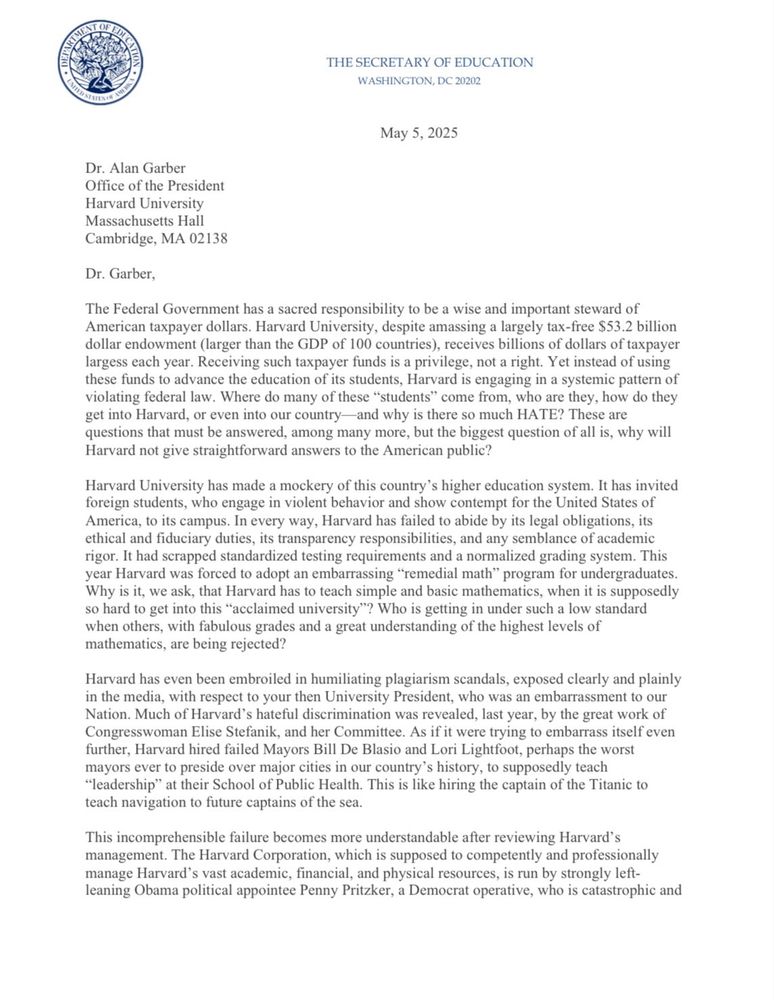
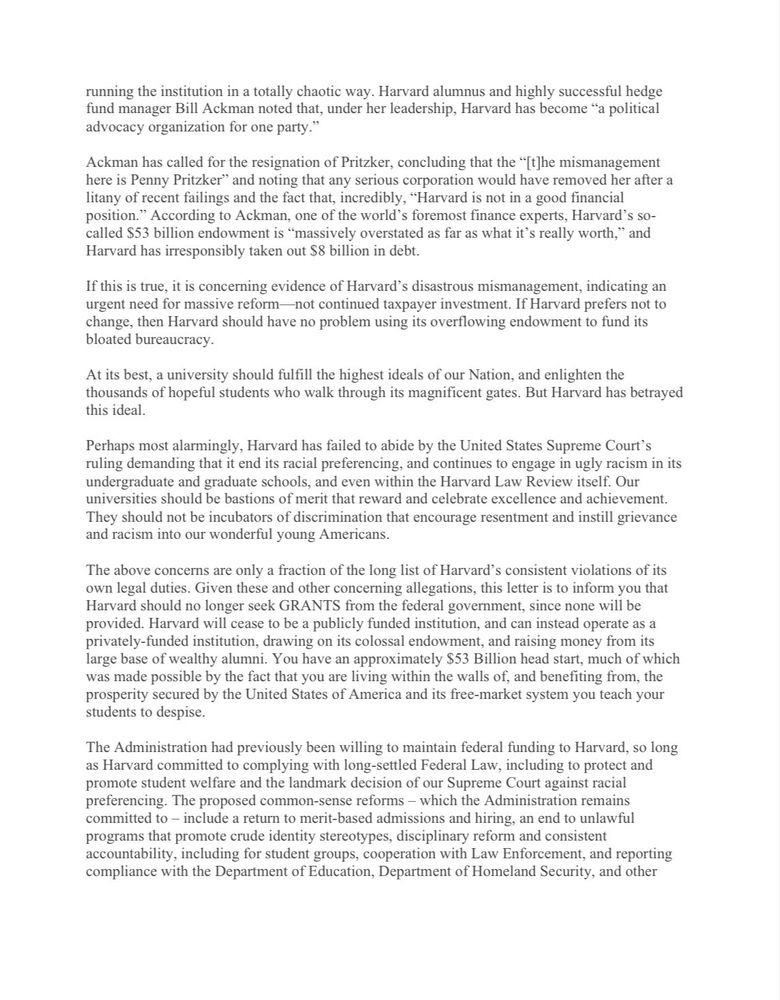
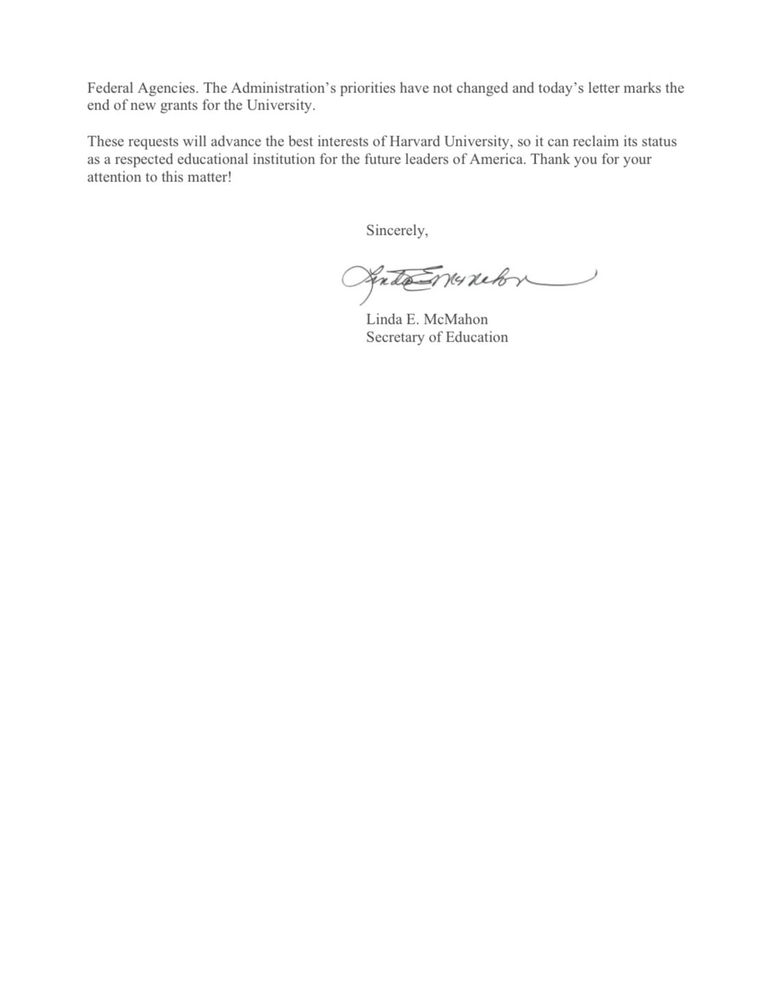
Worth reading in full. It is NUTS.

www.science.org/doi/10.1126/...

www.science.org/doi/10.1126/...
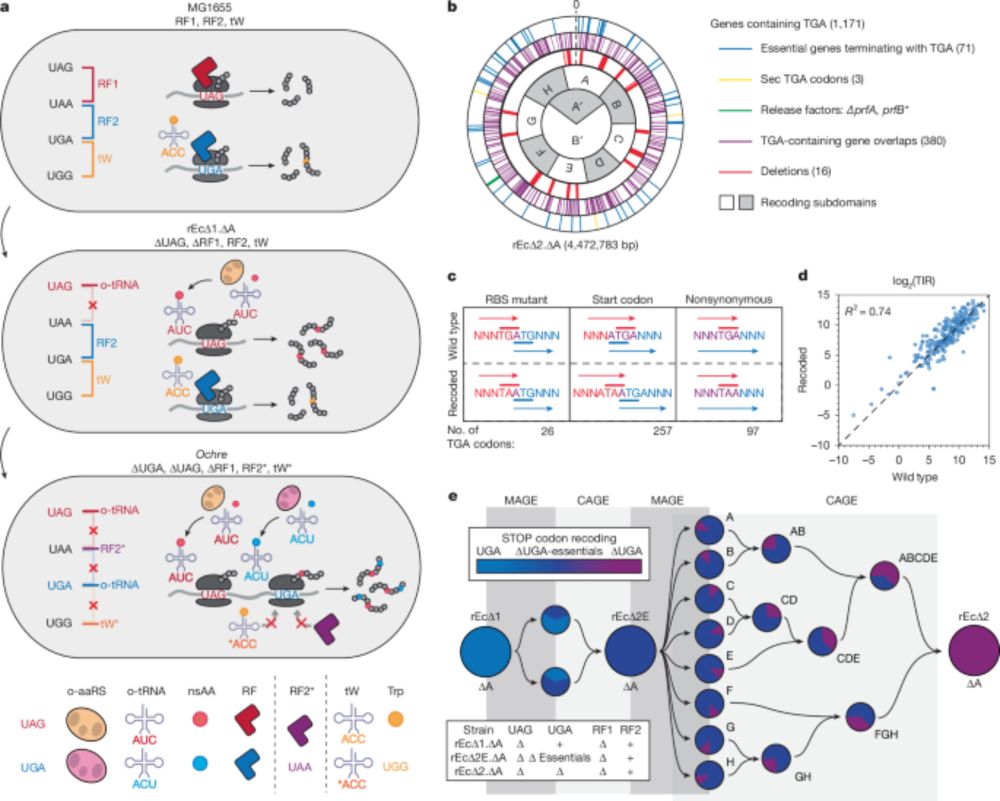
www.biorxiv.org/content/10.1...

www.biorxiv.org/content/10.1...
blog.addgene.org/sin...
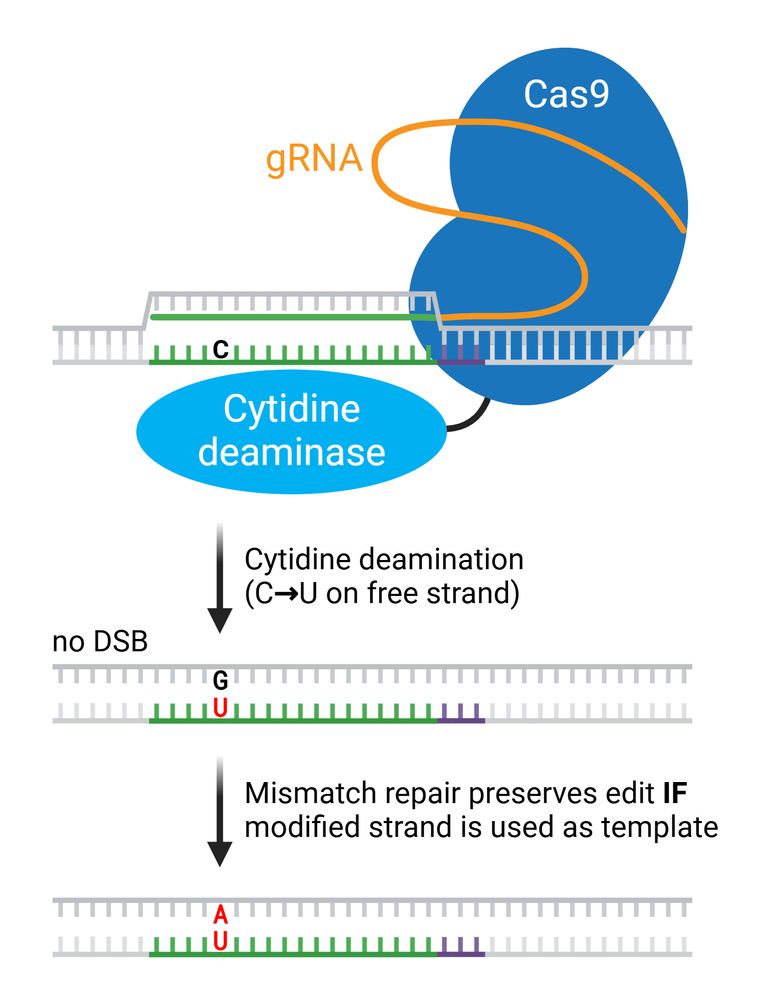
blog.addgene.org/sin...
www.science.org/doi/full/10....
"This is a moment to unite."
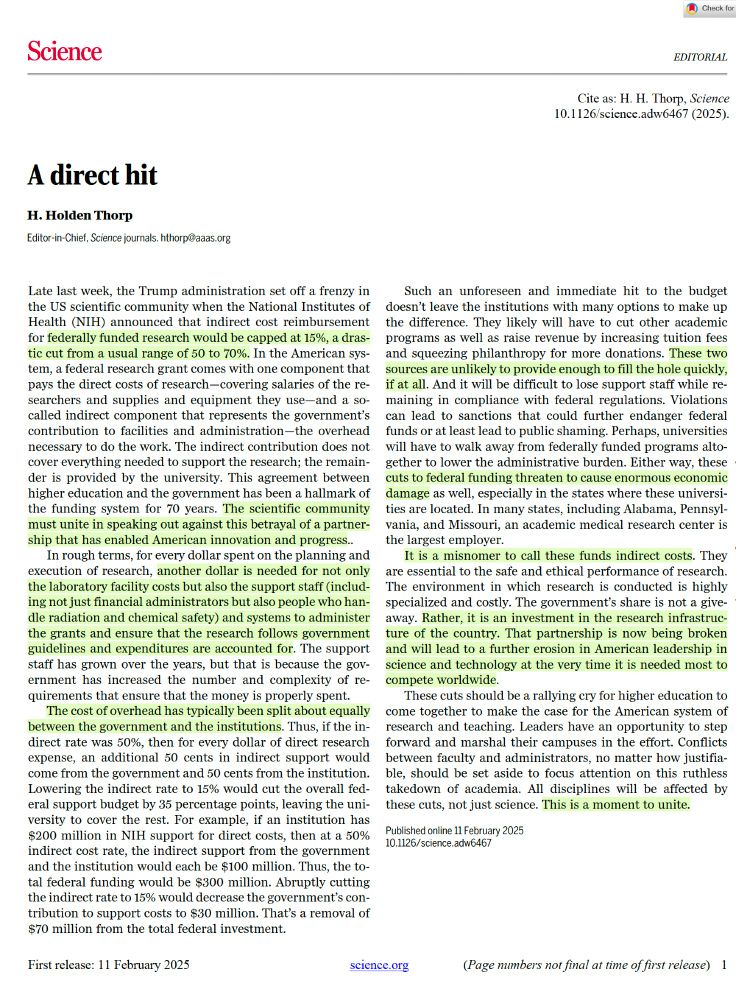
www.science.org/doi/full/10....
"This is a moment to unite."




We can design an exclusive reliance of one engineered bacterial strain on another mediated by a non-standard AA
Such exclusive reliances between free-living organisms aren't known in nature
Tremendous work led by NSF GRFP recipient Amanda Forti
We can design an exclusive reliance of one engineered bacterial strain on another mediated by a non-standard AA
Such exclusive reliances between free-living organisms aren't known in nature
Tremendous work led by NSF GRFP recipient Amanda Forti

